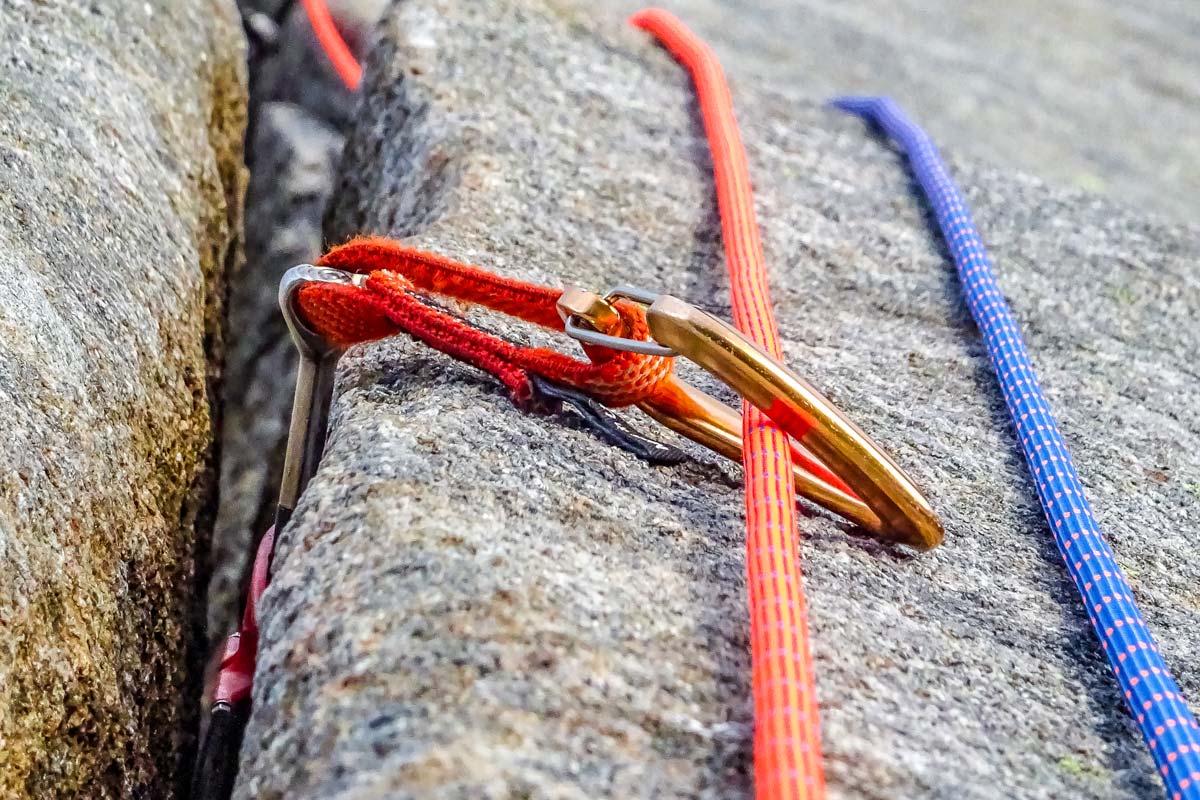The UIAA – International Climbing and Mountaineering Federation – regularly receives questions related to safety topics. The UIAA Safety Commission, with support of other UIAA Commissions and experts, has published a series of articles answering common questions with the objective of making them available to the wider climbing community.
This month’s question is:
I work at a climbing and rope access equipment store and we had a client from the police come in recently with a specific request. He was looking for a static rope and wouldn’t accept any semi-static in its place. I wanted to know if there is any specific norm or certification that makes a rope officially and explicitly static instead of semi- static. I’ve also seen some remarks in online forums about UIAA static, semi-static, and dynamic rope designations but I’m unable to locate any specific information on this. Can you help me clarify this?
UIAA Safety Commission:
There are ropes that are much more static than UIAA 107 low stretch ropes (same as EN 1891).
The CEN standards (EN standards) are European, and because of European legislation it has been more difficult, within the CEN standards, to produce ropes that are more static than the low stretch ropes
For example there are a lot of static ropes on the market in the USA and there are also thinner rappelling lines for climbing that are tested to UIAA 102 (accessory cord, EN 564) on the global market (including Europe).
Regarding the second part of your question regarding types of rope:
The only global standards for ropes for climbing are the UIAA standards. For ropes there are three standards:
The UIAA does not have a standard for static ropes although a Working Group is currently dedicated to producing one in the future. UIAA 107 Low Stretch Ropes (same as EN 1891) is often mistaken for a static rope standard, and many people often refer to low stretch ropes as “static” or sometimes “semi-static”. There are also issues with some translations of the EN 1891, where the low stretch rope is translated to “static” in some languages, which is of course not suitable.
In the USA (and other places) the National Fire Protection Association standard NFPA1983 is used for ropes. NFPA1983 has five classes of ropes: General Use, Technical Use, Escape Use, Fire Escape Use and throwline. NFPA1983 includes requirements and test methods for many other components, not only ropes.
Cordage Institute CI 1801 is another international standard but does not require certification.
The NFPA standard test methods and CI1800/1801 are basically the same.
There are many more standards for ropes around the globe, for example the Australian AS 4142.3.
To offer the correct rope for your (or your customers) needs, the best is to read the instructions for use provided by the manufacturer to obtain the correct information.
Ask UIAA SafeCom
To submit a question to be addressed by the UIAA Safety Commission please click here.
Suncream and climbing gear
Rope testing
Half ropes
Bolts near edges
Figure-eight knots
Disinfecting climbing equipment
Main Photo: Courtesy of Remy Duding



